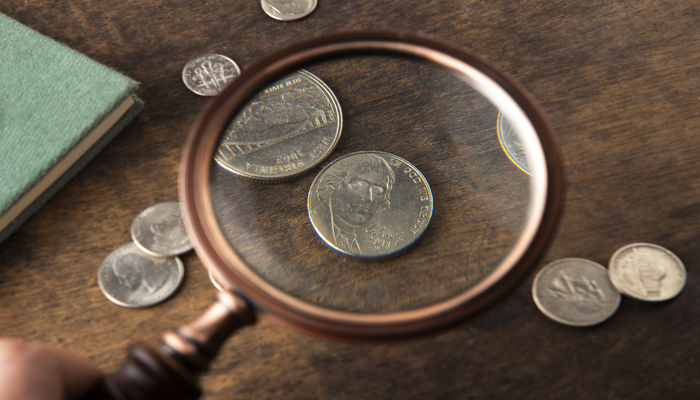ADVERTISEMENT
Investing in historical artifacts simply transcends the pursuit of financial gain; it is a journey that amalgamates cultural preservation with earning potential. This singular practice not only involves the acquisition of ancient and significant pieces, but also embraces the responsibility to protect and share humanity’s cultural heritage. By investing in historical artifacts, participants insert themselves into a narrative that goes beyond the numbers on a spreadsheet, delving into a rich and multifaceted exploration of history and human identity.
Fascination with history
Since the dawn of humanity, human beings have sought to understand and preserve their history. Historical artifacts represent tangible fragments of this past, arousing fascination and curiosity. For many investors, the opportunity to own a piece of history is irresistible, fueling an enduring interest in collecting and preserving these objects.
ADVERTISEMENT
Intrinsic and monetary value
Historical artifacts are treasures that carry with them an inestimable intrinsic value, derived from their antiquity, authenticity and deep cultural importance. Each piece tells a unique story, connecting us directly to the past and the evolution of humanity. However, in addition to this intangible value, many artifacts also have considerable monetary value. Especially when it comes to rare items or items associated with historical events of great relevance, the interest of collectors and investors can push their prices to surprising Heights. This duality of value turns investing in historical artifacts into a multifaceted experience: while satisfying the passion for preserving history and culture, it also offers the promise of attractive financial returns. It is this unique combination of passion and profit that draws individuals and institutions into the fascinating world of historical artifacts, turning this practice into an exciting and enriching journey.
Ethical and legal challenges
However, investing in historical artifacts is not without ethical and legal challenges. The issue of ownership and repatriation of culturally significant artifacts is often the subject of debate and controversy. Many countries have strict laws governing the export and import of historical artifacts, aimed at protecting their cultural heritage.
ADVERTISEMENT
Cultural preservation and responsibility
Investors in historical artifacts take a position that goes beyond mere possession; they see themselves as the zealous Guardians of humanity’s cultural heritage. For these enthusiasts, the responsibility of preserving these relics for future generations is a sacred mission, permeated with seriousness and commitment. Faced with this task, investments arise not only in their acquisition, but also in comprehensive restoration and conservation programs, aimed at maintaining the physical and historical integrity of these artifacts over time.
Portfolio diversification
For many investors, portfolio diversification is an essential strategy for mitigating risks and increasing returns. Historical artifacts offer a unique asset class, often performing independently of traditional financial markets. Therefore, including historical artifacts in an investment portfolio can offer a way to diversify and protect wealth.
Limited access and exclusivity
The unique and limited nature of many historical artifacts gives them an aura of exclusivity and prestige. For investors seeking status and distinction, ownership of rare historical artifacts can be highly valued. The uniqueness of these items can also increase their appeal as an investment, as limited supply can drive demand and, consequently, value.
Education and outreach
Investing in historical artifacts is not just limited to the acquisition and storage of rare items. Many investors are involved in educational and outreach initiatives, sharing their passion for history and promoting awareness of the importance of cultural preservation. These activities not only add value to artifacts, but also contribute to the enrichment of society as a whole.
Investing in historical artifacts is a fascinating journey that combines interest in history, cultural preservation and profit opportunities. Although it presents ethical and legal challenges, the passion for collecting and preserving these unique objects continues to drive this market. At the same time, investors play a crucial role in public education and promoting the importance of cultural preservation for future generations.





